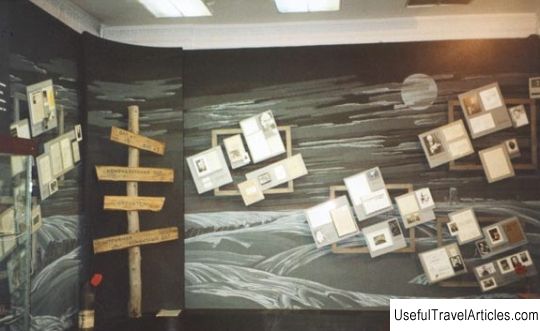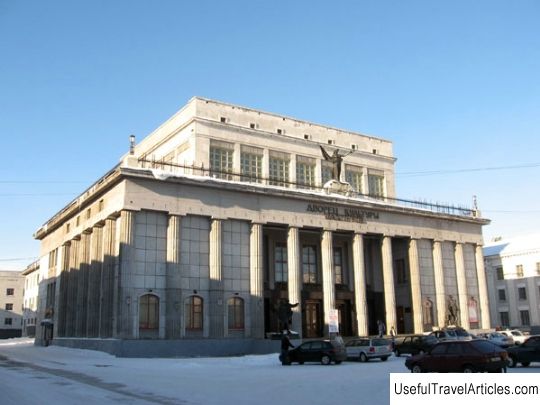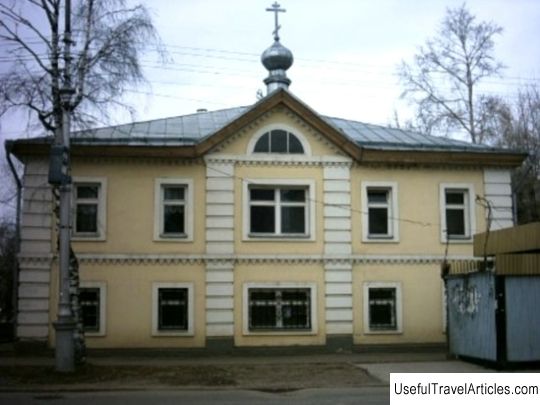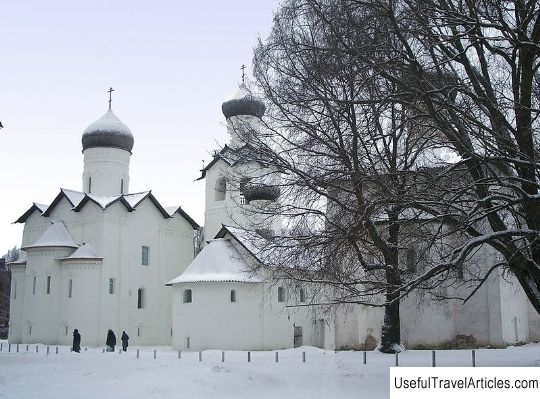Vorkuta State Drama Theater description and photos - Russia - North-West: Vorkuta
Rating: 8,3/10 (193 votes) 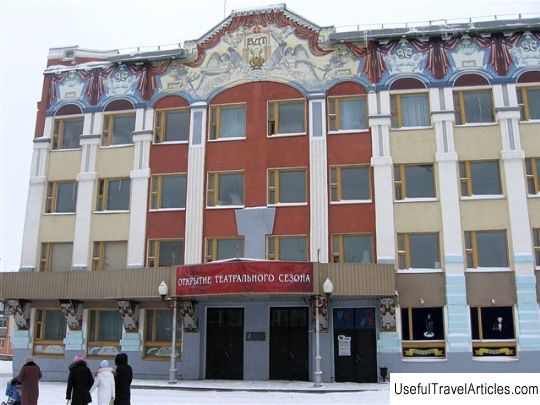
Vorkuta State Drama Theater description and photos - Russia - North-West: Vorkuta. Detailed information about the attraction. Description, photos and a map showing the nearest significant objects. Photo and descriptionThe State Drama Theater of Vorkuta was founded in 1943. The theater has a unique history of its formation, because it was created in a camp intended for political prisoners, during the Great Patriotic War, a year before Vorkuta became known as a city. Earlier, Vorkuta was just a village, most of which were prisoners and prisoners. It was in this place at the end of the 1930s that one of the largest camps of the Gulag, called Vorkutlag, was built. Among the camp prisoners there were quite a large number of professional musicians, singers, actors, writers and artists. One of the respected people was Mordvinov Boris Arkadievich - Honored Artist of the Komi Republic, as well as a former chief director of the Bolshoi Theater in Moscow and professor at the Moscow Conservatory. Mordvinov was the stage director of the famous opera The Life of the Tsar or better known as Ivan Susanin. Initially, this man, like all other prisoners related to creative and scientific workers, worked as a loader on the pier, as a small worker in a large warehouse and as a day worker. Soon, most of the professional theater workers motivated him to create a unique camp theater. It is known that at this time the Great Patriotic War had already begun, so all forces were sent to the front, for which reason the creation of their own theater faded into the background. But nevertheless, the civilians themselves, as well as the families of the guards, showed interest in this venture - so the idea of creating a theater came to life again, after all, the head of Vorkutstroy himself - Maltsev Mikhail Mitrofanovich - personally showed himself in the formation of a professional musical drama theater. As soon as permission for the creation of the theater was given, work on the implementation began immediately. A local club or Miners' House of Culture was chosen as a venue for rehearsals and performances. On October 1, 1943, the long-awaited opening of the Vorkuta theater took place by staging an operetta entitled "Silva" by the author Imre Kalman. In the future, the operetta "survived" more than a hundred performances, which left its mark on the life of the theater forever. The created theater became a second life for prisoners, because even in prison conditions, creative people were able to show themselves, which brought a lot of joy to grateful spectators. The drama theater was a unique phenomenon, because not only the prisoners themselves came together on the stage, but also their guards. As for the first performances, among them we can note: the operettas "Princess of the Circus" and "Maritza", the operas "Faust", "The Barber of Seville", "Eugene Onegin", tragedy "Maria Stewart" by F. Schiller, plays by Ostrovsky A .: "Forest", "Dowry", "Profitable Place", "Guilty Without Guilt" and many other famous works. The theater was pioneered by artists: Rutkovskaya K., Mikhailova E., Glebova N.I., Seplyarskaya A.Ya., as well as bass singer Deineka B. - soloist of All-Union Radio, baritone Rutkovsky T.I. - Soloist of the Kirov Theater. Among the professional actors, it is worth noting Boris Kozin, Valeriy Golovin, VM Ishchenko, accompanist Stoyanko A.K., choreographer Dubin-Belov A.M., choreographer Zhiltsov G., pianist Dobromysov E., cellist Press A., composer and conductor Mikoshko V.V. In the year of the end of the Great Patriotic War, the theater was visited by Tokarskaya Valentina - the star of the musical of the Moscow Satirical Theater, who was later taken prisoner. Once in the prison camp, she met her future husband Kapler A.Ya. The true inspirer of the Vorkuta Drama Theater was B.A. Mordvinov, who is the artistic director and leading production director. Mordvinov was released in 1946, but with his departure the influx into the camp theater only increased. During the Great Patriotic War, the audience was presented with more than six hundred concerts and performances annually, while in 1948 the theater troupe consisted of more than 150 participants. In 1950, the Gulag was disbanded, and the theater became truly dramatic.     We also recommend reading Church of St. John Chrysostom description and photos - Crimea: Yalta Topic: Vorkuta State Drama Theater description and photos - Russia - North-West: Vorkuta. |
